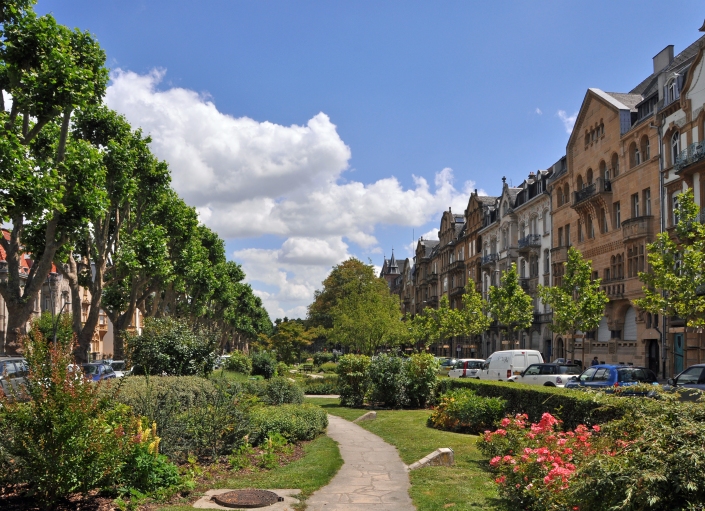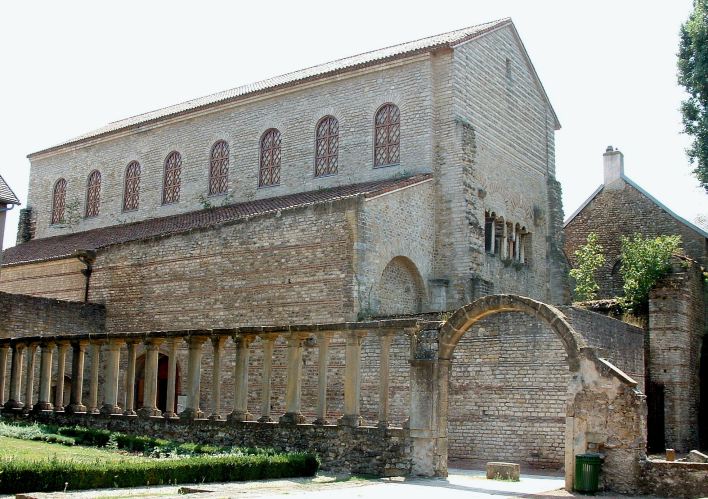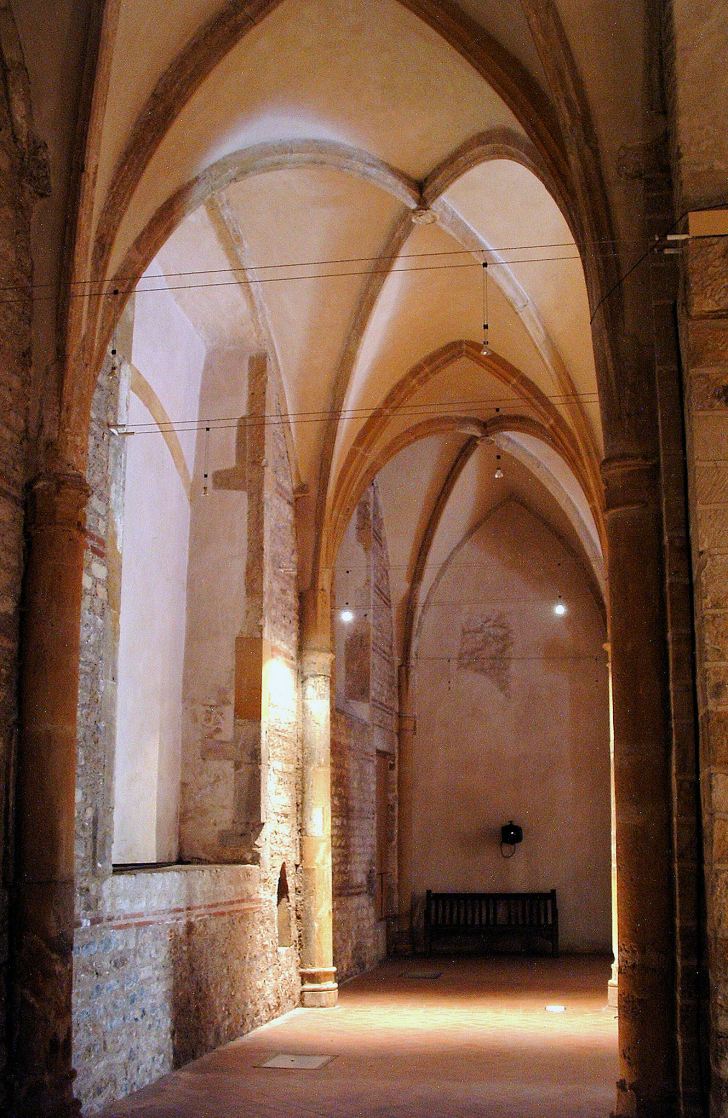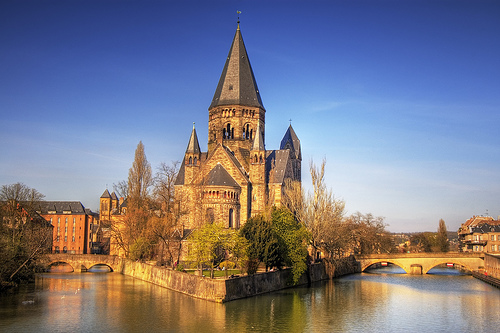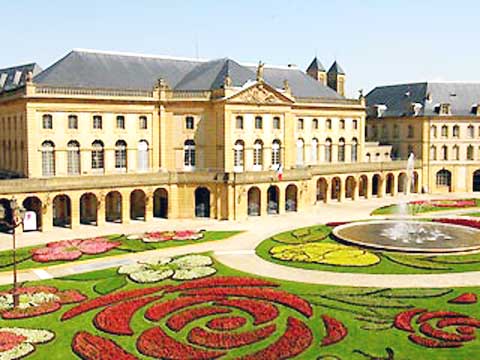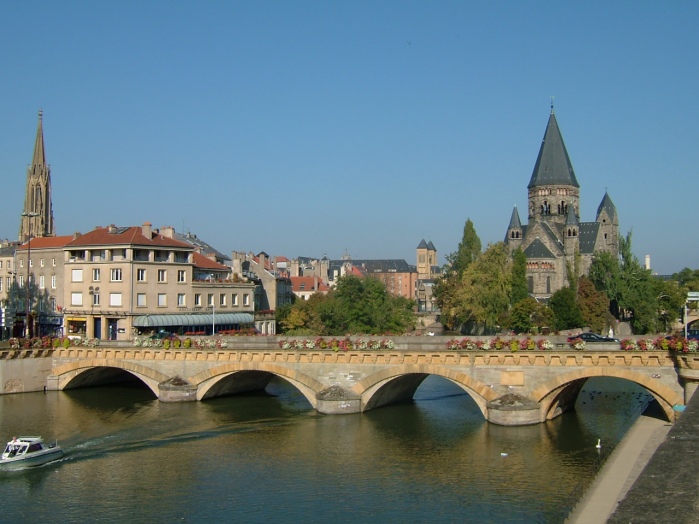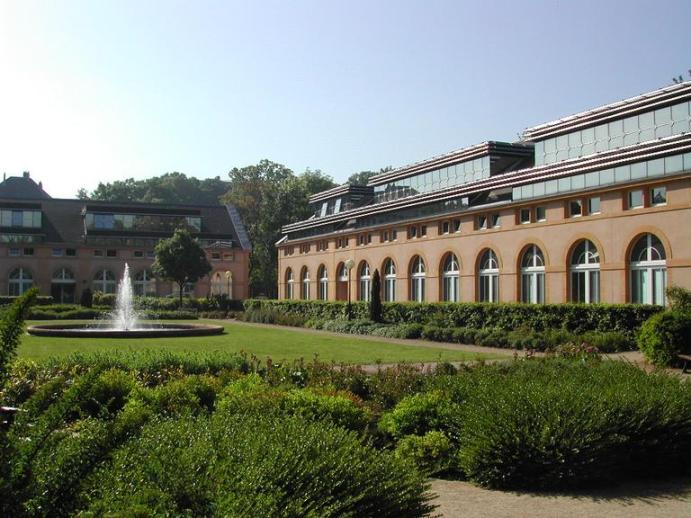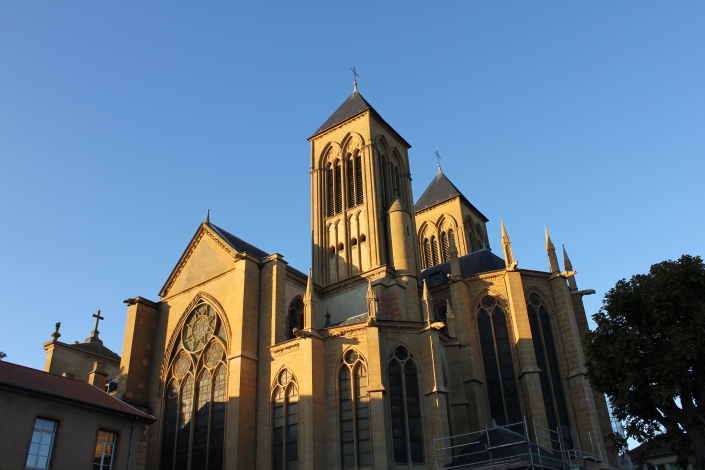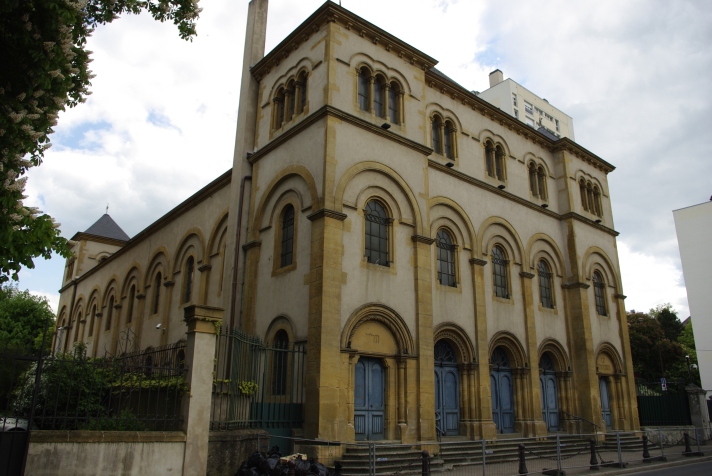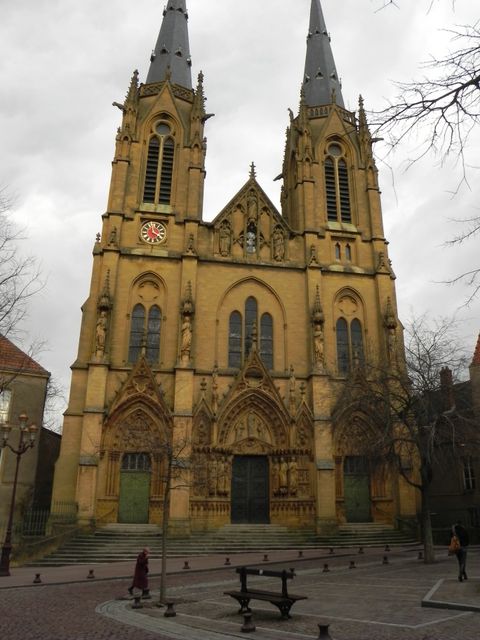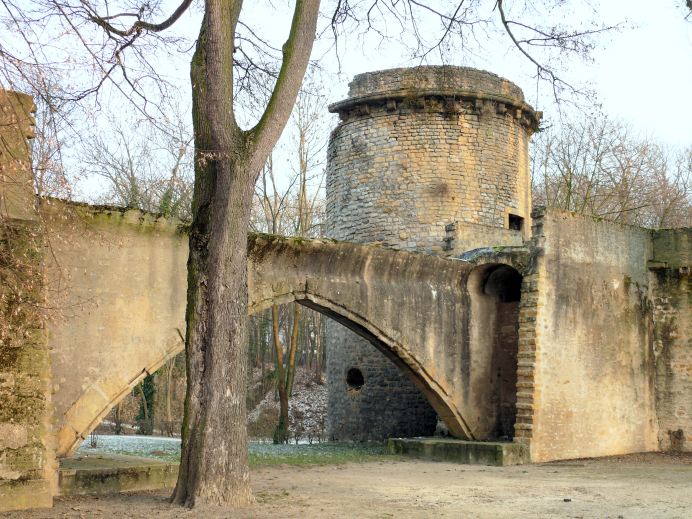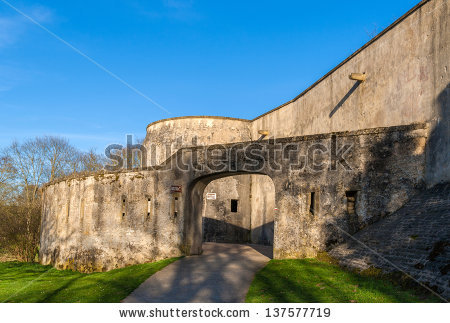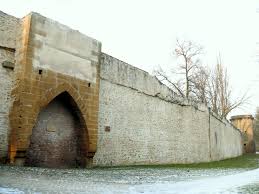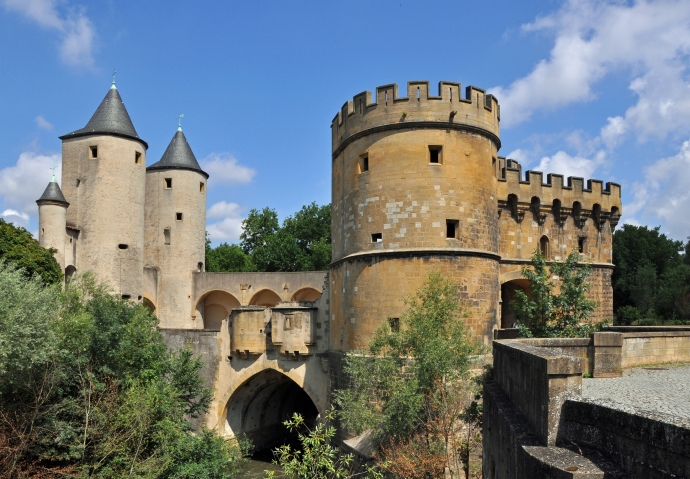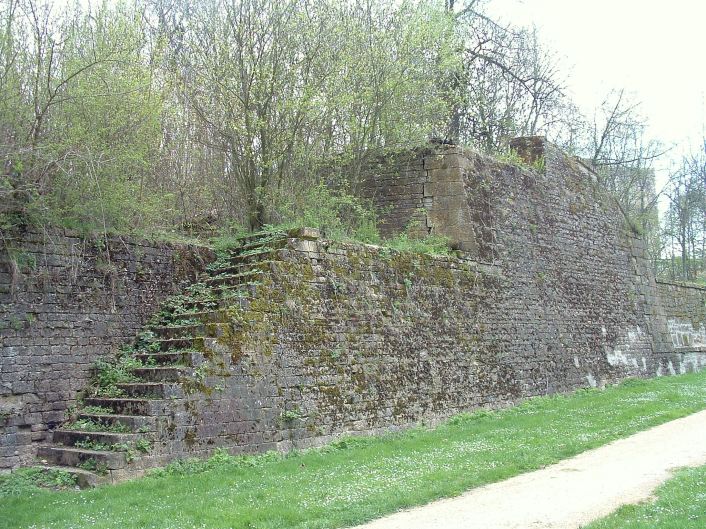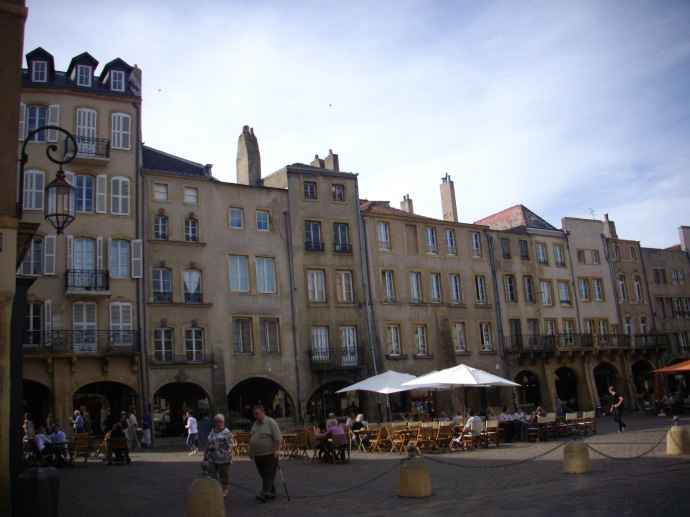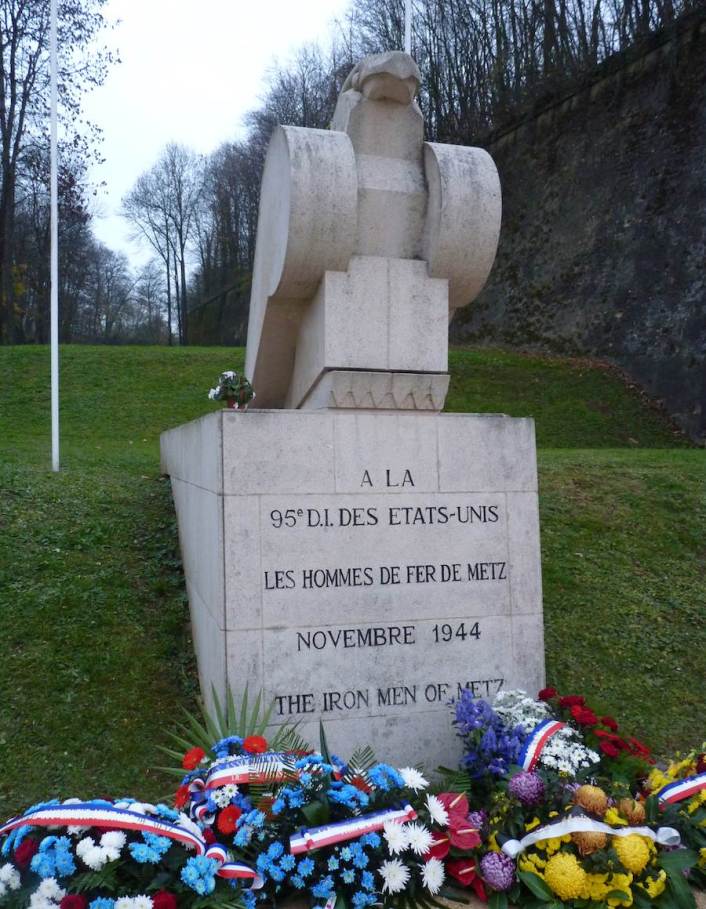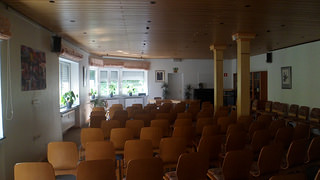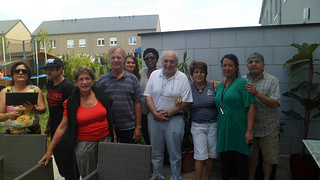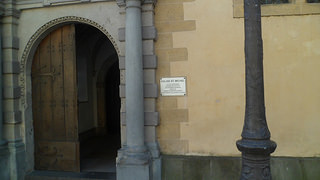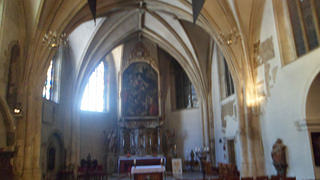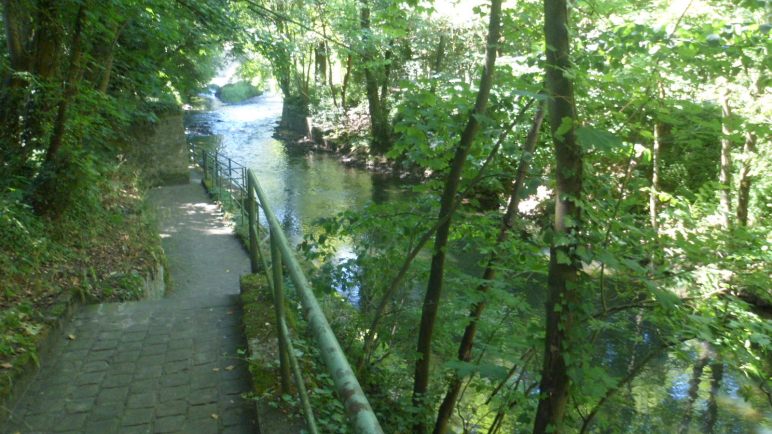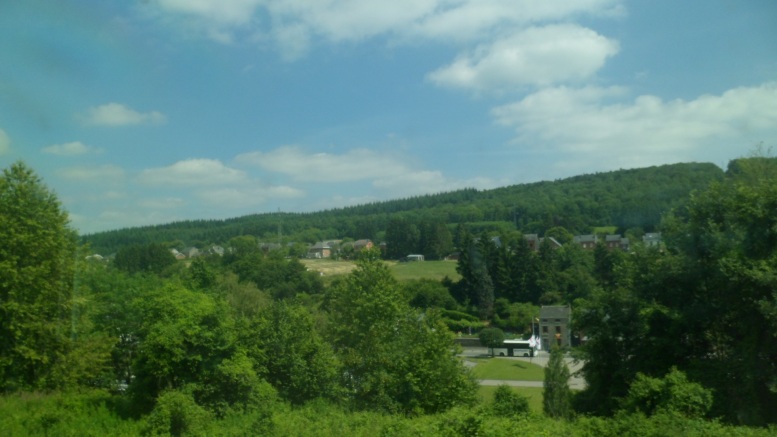June 23, 2014, Metz- Metz on a work day is quieter along the river, but no less frenetic about the streets and alleys. I was given to overthinking about certain directions I was given, before finding the store where I could get the laundry soap I so desperately needed, with eight days worth of dirty clothes. It’d be the last chance I had to get the clothes done, before heading back to the States on Sunday, since Frankfurt’s laundries pretty much shut down at 8 PM, Friday night. So, thanks to ResidHome, a big headache was made less.
Walking back along Avenue Foch, towards the University District, I saw more activity than on Sunday (Photo courtesy of marc.metz.moselle.eklablog.com)
You can see that this rather industrialized city goes to considerable lengths to maintain beauty. Now, let’s look at Saint-Pierre aux Nonnaines, near the Water Park, which I visited on June 22. The young lady minding the church waited for me to complete my meanderings, before closing up and heading for the rest of her day. This never ceased to touch my heart- the way the students who kept watch over tourist sites went out of their way to accommodate. At any rate, this edifice began life in 380 AD, as a Roman gymnasium. It was converted into a church in the Seventh Century. Since 1970, it has been Metz Water Park’s concert hall.(Photos, courtesy of en.wikipedia.org)
My next stop, in Coeur de Ville, the Heart of Old Metz, was Temple Neuf, which overlooks the Moselle. This German Lutheran church was built in 1904, while Lorraine was under German rule. (Photo courtesy of http://www.flickr.com/photos/wolfgangstaudt).
Having spent time around Metz Cathedral on Sunday evening, I focused the rest of my time in Coeur de Ville checking out L’Opera Theatre and reading my e-mails, courtesy of Nicolas, the kind clerk at Metz Tourist Office. Below, is L’Opera Theatre. (Photo courtesy of tout-metz.com)
It was lunch time, as I left Coeur de Ville, and headed into the University District. “Boogie Burger”, a tiny, new emportee (take-out) establishment, fit my mood perfectly. I selected my second, and last, American-style cheeseburger and frites of the trip, and found a nice picnic spot along the Moselle. It was a bit of a challenge finding a spot that was not within eyesight of couples trying for a few minutes of mid-day privacy, but I did find it, and reveled in the quiet warmth.
Walking along the bridges and alley, west of the University of Lorraine au Metz, I came upon Le Pont des Morts, so named because it was built in the thick of Metz’s being ravaged by the Black Plague. You can spot Temple Neuf and Metz Cathedral, to the north and west, respectively. (Photo courtesy of http://www.metz.fr)
I made a brief visit to the campus of the University of Lorraine au Metz, just to get a feel for the ambiance of a collegiate setting in France. Many people were about outside, as it seemed to be the tail-end of the lunch hour, which in France is still nearly two hours. (Photo courtesy of poncelet.sciences.univ-metz.fr)
The route to the great towers and ramparts of northwest Metz took me past three more houses of worship.
First was L’Eglise Saint-Vincent. This Gothic church is, along with Metz Cathedral, a reminder of the three-hundred years when Metz was a Free City, within the German Confederation.(Photo courtesy of saintvincentmetz.wordpress.com)
The next house of worship was the Synagogue de Metz, built in 1609. Louis XIV visited this temple, with his younger brother, in 1657. The future Louis XVIII would visit there as well, prior to the social conflagration which led to his brother’s and sister-in-law’s deaths. (Photo courtesy of commons.wikimedia.org)
L’Eglise Sainte Segolene, named for an Albigensian Christian, Segolene, who preached a gospel of simplicity and fervour, in Metz, during the Thirteenth Century, was itself built in 1250, on the site of an earlier chapel. (Photo courtesy of edifices.religieux.free.fr)
As I did not enter any of these buildings, and want to keep this as authentic an account of my own sojourn, in the absence of my photos, let us continue onward, to Le Tour des Esprits, and the Ramparts. Here, I encountered small groups of families, enjoying an early day of summer vacation. The largely Roma, North African and Congolese residents of this area, and of the apartments near Bellecroix, view outsiders with a fair amount of suspicion. It was with surprise and relief, therefore, that a woman whose child had tossed a soccer ball outside the fenced play area, saw me waiting a safe distance away, while she went and retrieved the ball.
First, you see the Rampart Walk, along the moat built by the Council of Metz, to keep out raiding neighbours, in the chaotic Thirteenth Century. (Photo courtesy of marc.metz.moselle.eklablog.com)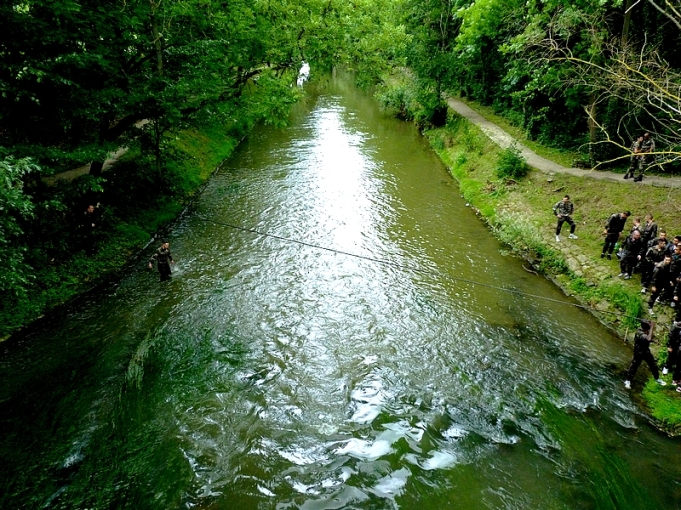
The walls, of course, were more formidable. This is Tour des Esprits. (Photos courtesy of commons.wikimedia.org) 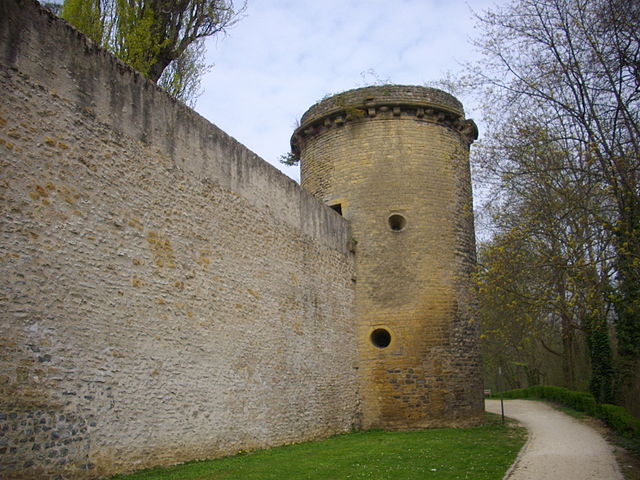
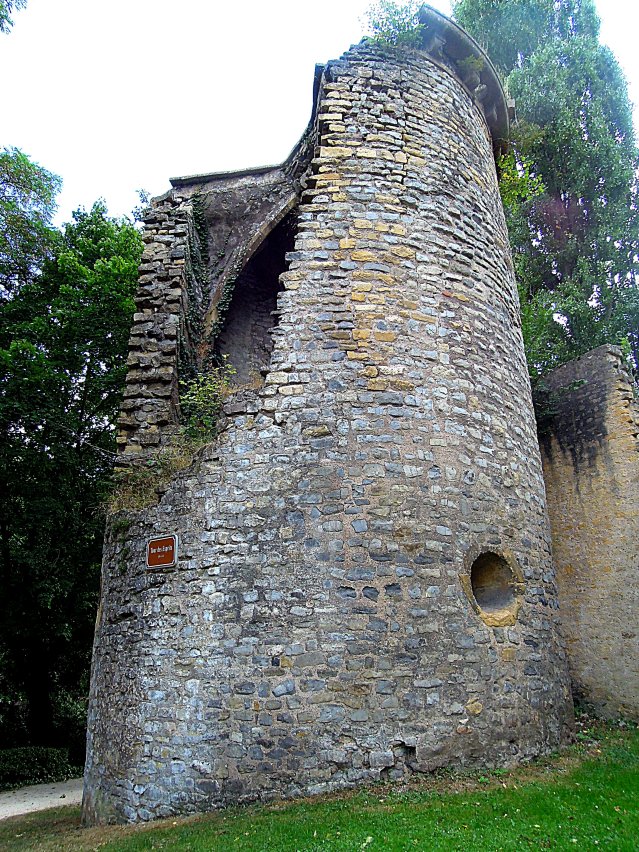
Commons.wikimedia.org also offers this view of Pont des Griles de la Basse Seille, the bridge which connects Tour des Esprits with the rest of the fortress.
As you can imagine, I was one of five or six visitors who got up on the ramparts and followed the walkway, as well as going down and exploring the moat path, until it was blocked by a medieval wall.
Here is a view of Tour du Diable, the easternmost segment of this fortress.
I proceeded to Tour des Chandeliers, one of the towers built by guild members, to safeguard their trades. The candlemakers put up this impressive fortification. (Photo courtesy of commons.wikipedia.org)
Now for the piece de resistance of the Metz Ramparts: Le Port des Allemandes. This magnificent structure was built by the Knights Teutonic, an order of health care providers, who offered a hospice nearby, as the area dealt with the aftermath of Black Plague. The bridge spans the Seille River, which flows into the Moselle, a bit further to the south and west. I was not permitted to enter the fortress, for safety reasons. There seemed to be a fair amount of renovation going on. (Photo courtesy of commons.wikimedia.org)
After tooling around in the woods between east Metz’s business center and the apartments just north of Bellecroix, I got as close to the hilltop fortress, as current conditions allowed. The stairs to the hilltop were broken, and a length of yellow “Interdit” tape stretched across the base. So, here are some views of the wall’s base. (Photo courtesy of commons.wikimedia.com)
(Photo courtesy of stewdgm.wordpress.com)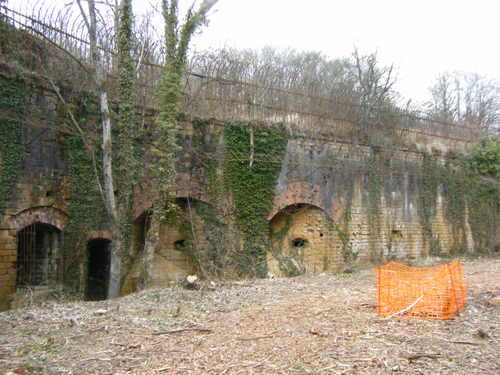
(Photo courtesy of tout-metz.com)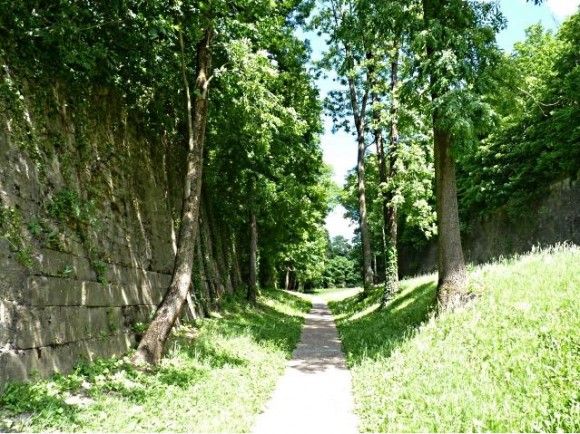
This narrow portal connects the old road to Bellecroix with the housing schemes to the north and east. It is the south gate of Double Couronne, the twin crowns, or fortresses of Moselle and Bellecroix. (Photo courtesy of structurae.net)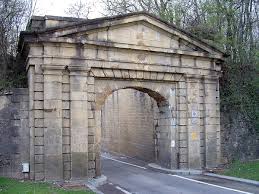
My visit to Metz was coming to an end, but, as you can see, it was a full one. I will leave off with two final photos: Place Saint-Louis, where the young and restless unwind, after a day or work or study, and a shot of one of the apartment megaplexes, where the poor and struggling look out towards Bellecroix, and wonder who would defend them, in time of danger. It is in pondering these scenes, and being confronted briefly by some children who were wondering why I was in their neighbourhood, while en route to Bellecroix (“Monsieur, the other whites are not nice to us here. We must be wary.”), that gave me pause to consider the depth of the camaraderie I saw in places like Paris and Rennes. (Photo below courtesy of commons.wikimedia.com)
(Photo courtesy of bellx-57070.skyrock.com)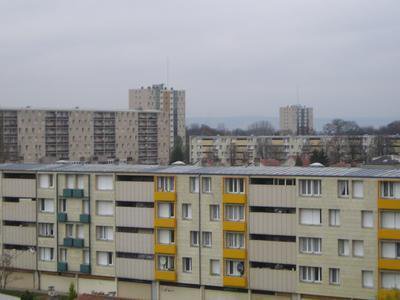
I fully intend to return to Metz, and Strasbourg, take more photos and listen further to the voices of the dispossessed. It is, after all, what Aimee Cesaire would want a world citizen to do. Besides, American soldiers did stand for the people of Metz, in 1944. They were the Iron Men of Metz, from the 95th Infantry Division. (Photo courtesy of en.tracesofwar.com)

